Ra Ra BOOM Review: Sci-Fi Cheerleaders Struggle to Stick the Landing in Ambitious Roguelike
Popular Now
 Genshin Impact
Genshin Impact
 PUBG Mobile
PUBG Mobile
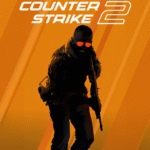 Counter-Strike 2
Counter-Strike 2
 Black Myth: Wukong
Black Myth: Wukong
 Roblox
Roblox
 League of Legends
League of Legends
 BeamNG.drive
BeamNG.drive
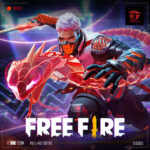 Free Fire
Free Fire
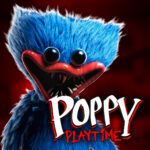 Poppy Playtime
Poppy Playtime
 R.E.P.O
R.E.P.O 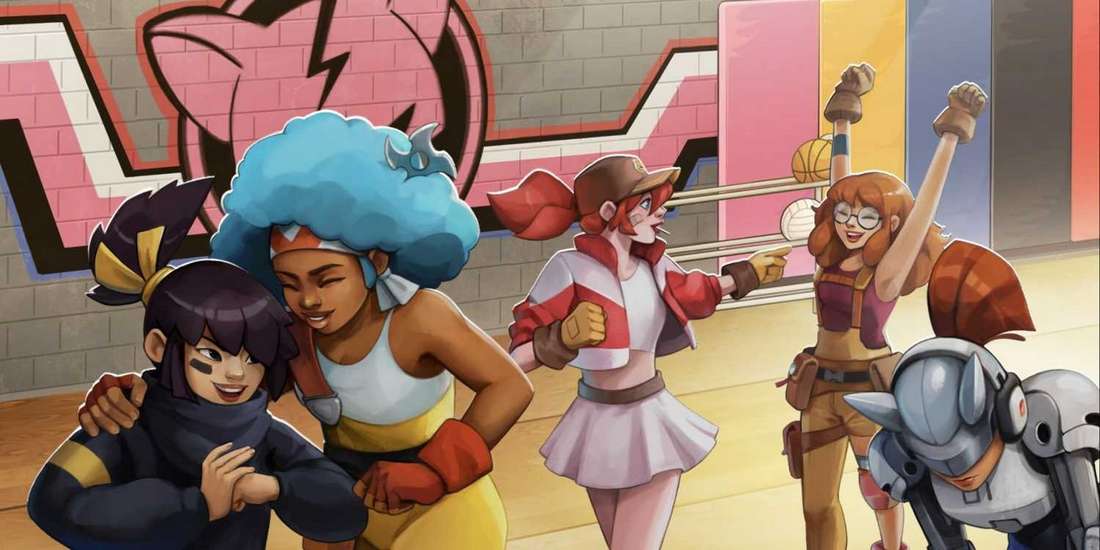 In the vibrant, often chaotic world of independent game development, unique premises frequently capture the imagination. Ra Ra BOOM, from developers RunicSpell, is a prime example, promising an electrifying blend of sci-fi aesthetics, high-octane action, and the improbable charm of cheerleading. Players are thrust into a futuristic arena, commanding a squad of combat-ready cheerleaders tasked with battling hordes of alien adversaries. The concept alone suggests a title ripe for engaging co-op sessions and thrilling roguelike progression. However, despite its undeniable stylistic flair and an imaginative core, Ra Ra BOOM currently struggles significantly to deliver a consistently polished or enjoyable experience, leading many players and critics to observe that its sci-fi cheerleaders just can’t seem to land on their feet.
In the vibrant, often chaotic world of independent game development, unique premises frequently capture the imagination. Ra Ra BOOM, from developers RunicSpell, is a prime example, promising an electrifying blend of sci-fi aesthetics, high-octane action, and the improbable charm of cheerleading. Players are thrust into a futuristic arena, commanding a squad of combat-ready cheerleaders tasked with battling hordes of alien adversaries. The concept alone suggests a title ripe for engaging co-op sessions and thrilling roguelike progression. However, despite its undeniable stylistic flair and an imaginative core, Ra Ra BOOM currently struggles significantly to deliver a consistently polished or enjoyable experience, leading many players and critics to observe that its sci-fi cheerleaders just can’t seem to land on their feet.
This critical analysis delves into the underlying issues plaguing Ra Ra BOOM, examining the ambitious design choices, the execution of its core mechanics, and the cumulative impact on player experience. For those interested in the latest indie gaming news and comprehensive game reviews, understanding the nuanced challenges faced by such innovative titles is crucial. The game’s current state offers valuable insights into the complexities of balancing novelty with fundamental gameplay stability and user-friendliness.
 Gameplay Mechanics: A Foundation Shaken by Instability
Gameplay Mechanics: A Foundation Shaken by Instability
At its core, Ra Ra BOOM presents itself as a top-down, twin-stick shooter with roguelike elements, emphasizing wave-based combat and character progression. Each cheerleader possesses unique abilities, requiring players to strategically combine their attacks and defensive maneuvers to clear arenas and advance. The premise encourages tactical cooperation, making it an ideal candidate for local or online multiplayer. The movement is fluid, and the combat, when it works as intended, can feel incredibly satisfying, showcasing moments of potential brilliance that hint at what the game could be.
However, this promising foundation is consistently undermined by a series of technical and design shortcomings. One of the most prevalent complaints revolves around the game’s inconsistent performance. Frame rate drops are frequent, particularly during intense combat sequences with numerous enemies and particle effects. This instability significantly hinders the precision required in a twin-stick shooter, transforming what should be exhilarating encounters into frustrating, often unfair, tests of patience. High-CPC keywords related to ‘game performance issues’ and ‘technical optimization’ are highly relevant here, as these are critical factors influencing player satisfaction and retention in the competitive gaming market.
The Stumble: Unforgiving Difficulty and Balancing Woes
Beyond technical hitches, Ra Ra BOOM’s difficulty curve presents another substantial hurdle. While roguelikes are inherently challenging and designed to push players to their limits, the difficulty in Ra Ra BOOM often feels arbitrary rather than earned. Enemies frequently spawn in overwhelming numbers, possessing attacks that are difficult to anticipate or avoid due to poor visual clarity or hit detection issues. This often leads to cheap deaths, eroding the sense of progression and experimentation vital to the roguelike genre. Instead of encouraging players to learn from their mistakes and adapt, the game frequently punishes them for factors beyond their control.
Furthermore, the balancing of character abilities and enemy types appears to be a work in progress. Some cheerleader abilities feel underpowered or situational, while certain enemy archetypes can disproportionately drain player health or status effects. The synergistic potential of the cheerleading squad, a core selling point, is often lost amidst the chaos and imbalance. This extends to the meta-progression systems, which feel less impactful than they should, making each run feel less rewarding and more like a grind against technical limitations rather than a strategic challenge. Discussions around ‘game design flaws,’ ‘balancing issues in video games,’ and ‘player frustration’ naturally emerge when analyzing these aspects.
Missed Opportunities and the Quest for Polish
Ra Ra BOOM’s unique aesthetic, combining vibrant sci-fi environments with cheerleading motifs, is arguably its strongest asset. The character designs are creative, and the environments, while sometimes repetitive, exude a distinct personality. The audio design, too, generally supports the energetic premise, though it can occasionally contribute to the cacophony during peak action. These elements demonstrate a clear vision and a passionate development team.
Yet, the game frequently suffers from a lack of polish that extends beyond performance. User interface elements can be clunky, tutorialization is minimal, and the overall player onboarding experience is less than ideal. In a market saturated with high-quality indie titles, first impressions are paramount. A game with such a novel concept needs to work harder to make its initial hours engaging and accessible, rather than immediately confront players with its rough edges. The ‘gaming industry news’ often highlights how crucial ‘user experience (UX)’ and ‘game polish’ are for an indie title’s long-term success and ‘digital entertainment’ value.
The current state of Ra Ra BOOM suggests that while the innovative spirit is strong, the execution falls short in key areas that define a successful action roguelike. The potential for a truly memorable co-op experience is palpable, but it remains largely untapped due to the aforementioned issues. Without substantial updates addressing performance, balancing, and overall polish, the game risks being remembered more for its missed opportunities than its groundbreaking premise.
The Road Ahead: Can Ra Ra BOOM Stick the Landing?
For an independent title like Ra Ra BOOM, community feedback and ongoing developer support are critical. Many players are hopeful that RunicSpell can address the game’s significant issues through patches and content updates. The fundamental mechanics and the distinctive art style provide a solid framework upon which improvements can be built. Developers who actively listen to their player base and commit to iterative refinement often manage to turn challenging launches into eventual successes. This demonstrates a core tenet of ‘independent game development’ and its resilience.
However, for prospective buyers considering Ra Ra BOOM in its current state, a degree of caution is advised. While the price point might seem appealing for a unique ‘sci-fi action game,’ the ‘value for money games’ metric is significantly impacted by the prevalent technical and balancing issues. Enthusiasts of co-op roguelikes who are willing to overlook significant flaws for the sake of an intriguing concept might find some enjoyment, especially with friends. Yet, those seeking a polished, frustration-free ‘PC gaming experience’ or a highly competitive ‘high-octane combat’ title might be better served by waiting for future updates that hopefully bring the game closer to its full potential.
In conclusion, Ra Ra BOOM stands as a testament to creative ambition in the indie scene, but also as a cautionary tale regarding execution. The game’s sci-fi cheerleaders possess the spirit and potential to soar, but currently, they are struggling to find stable ground. The journey from a promising concept to a beloved game is fraught with challenges, and Ra Ra BOOM’s path is a stark reminder that even the most innovative ideas require a robust, stable, and well-balanced foundation to truly shine. Until significant improvements are made, Ra Ra BOOM remains an experience that tantalizes with its premise but often disappoints in its delivery, leaving players to wonder what could have been.











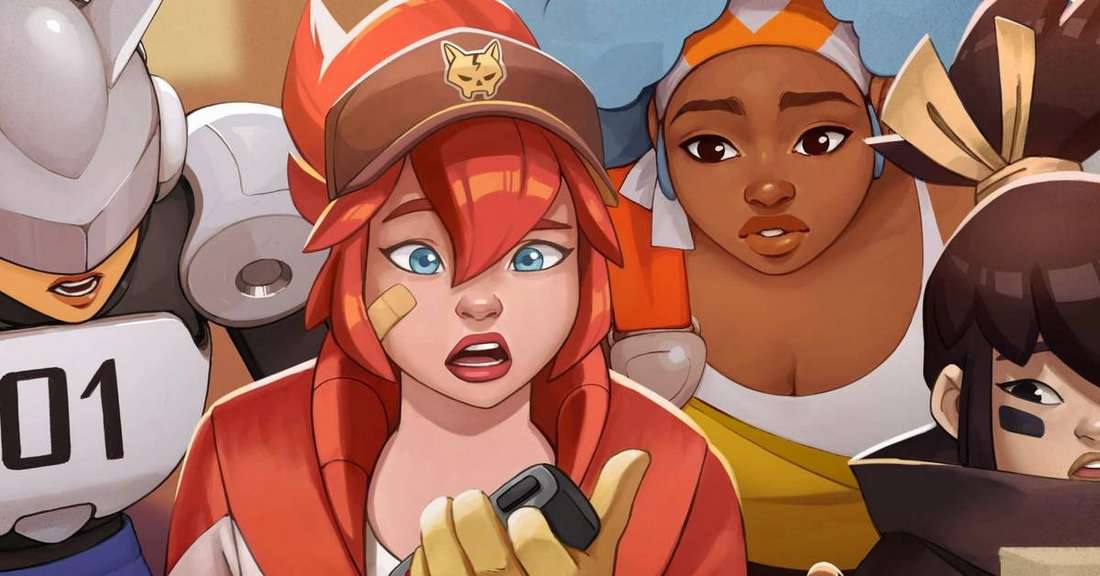 Gameplay Mechanics: A Foundation Shaken by Instability
Gameplay Mechanics: A Foundation Shaken by Instability